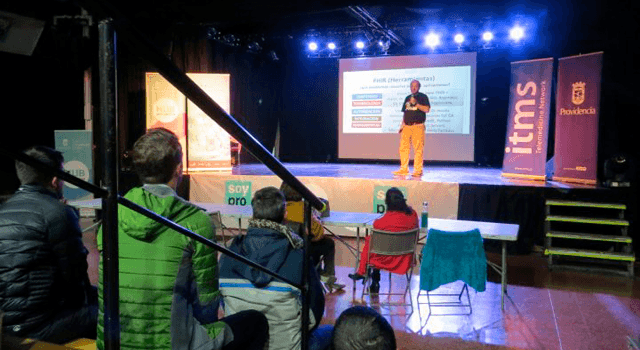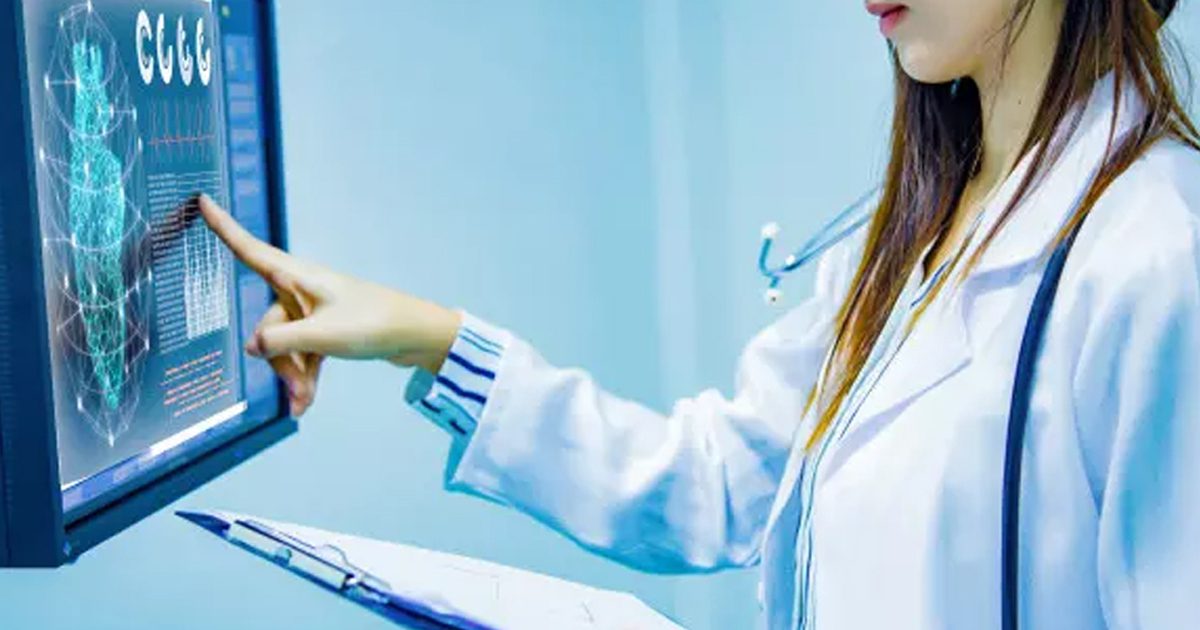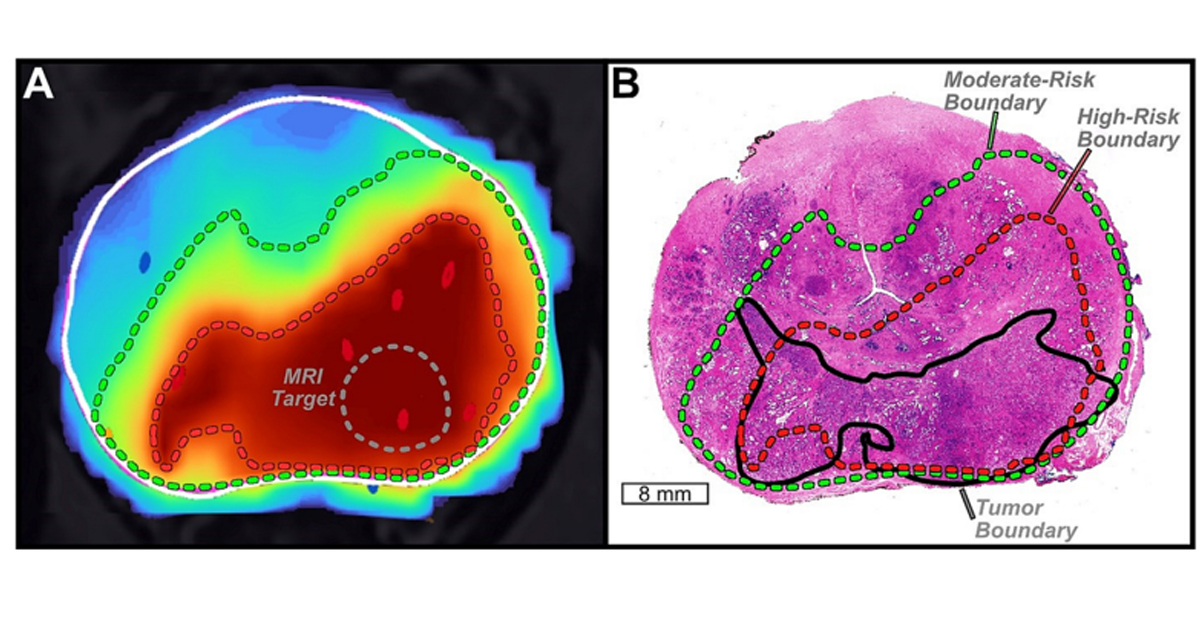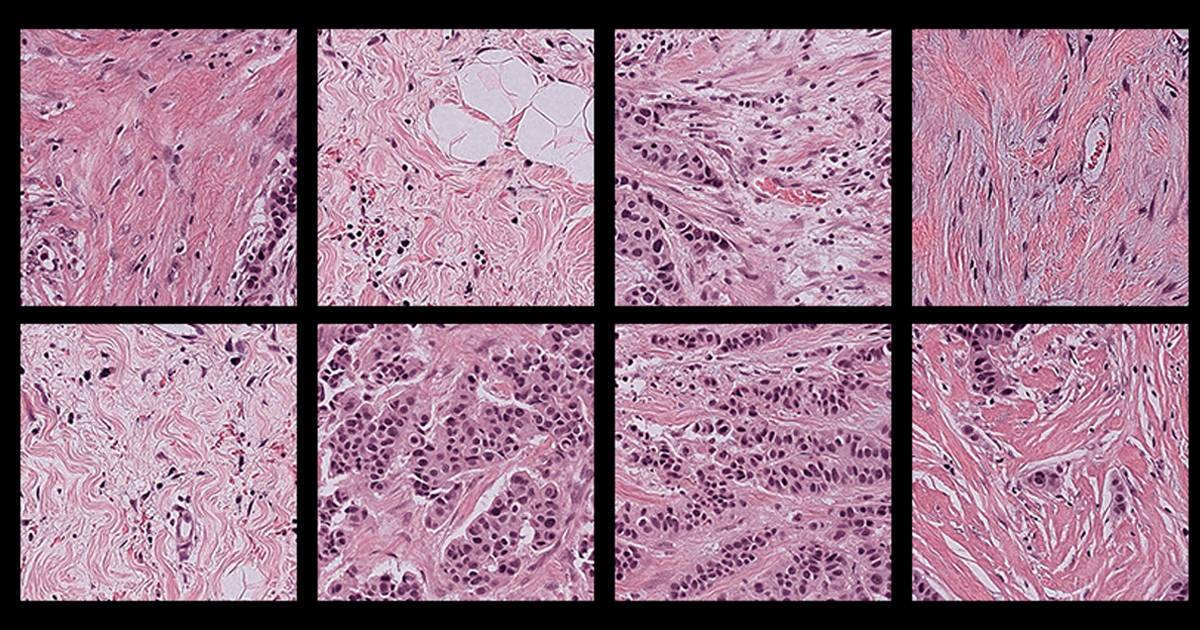Se llevó a cabo el CENS TECH CHALLENGE, un torneo de emprendimiento en el que participan programadores, emprendedores, y profesionales de la salud, para conformar el capítulo chileno de HL7.
The CENS TECH CHALLENGE was inaugurated in front of more than 100 members of the world of Digital Health on June 25. The world of information systems is at a crucial moment, in which, at its short existence, there are still thousands of fields undiscovered or fully known. With the aim of informing and instructing chilean entrepreneurs about new techniques, technologies and other important elements for the health sector, this series of free meet-ups began as part of a entrepreneurship tournament.

This event, carried out by CENS and Open Beauchef, Corfo e ITMS Chile, se caracteriza por impulsar a nuevos emprendedores y a sus proyectos en el sector salud, y proveerlos con toda la información y adiestramiento a nivel tecnológico y digital para permitir un crecimiento sustancial en el sector y así lograr un sistema de salud mayormente conectado.
Este torneo, además, tiene un enfoque multidisciplinario, y ha contado con la participación de un sin número de actores del ecosistema de digital health, incluyendo a programadores, empresarios y demás innovadores, sin importar su formación académica o trayectoria profesional.

Diego Kaminker, director afiliado de HL7 habló sobre los estándares HL7 disponibles para innovar en digital health, y los progresos que se han logrado y se pueden seguir logrando dentro del sector. “HL7 FHIR es un facilitador. Lo que estamos haciendo actualmente con FHIR es demoler todos los obstáculos tecnológicos, que sólo queden aquellos políticos o relacionados con las reglas de negocio”, dijo el también miembro del Consejo Directivo de HL7 Argentina.
Uno de los mayores atractivos en la implementación de la tecnología y la digitalización al sector salud, sin duda el mayor es el Big Data. Los datos que pueden ser generados por los profesionales de la salud sobre pacientes, condiciones, tratamientos y otras especificaciones, permiten entrenar motores de búsqueda y predicción de muchos casos, logrando un mejor tratamiento de los pacientes y por ende una mejor salud pública. Dentro del conocimiento del Big Data, también se busca informar cómo proteger estos datos, y garantizar la seguridad de los pacientes. El objetivo es que los usuarios puedan acceder a su información e incluso aportar a sus registros clínicos mediante aportaciones sobre la continuidad o reacciones a ciertas condiciones o medicamentos, progresos, alergias, etcétera. Esto permitirá ser más veloces y objetivos en el diagnóstico, y más eficientes en un aspecto global.
Una de las ventajas de la digitalización de la información es que no se empieza una infraestructura de cero. Las organizaciones comienzan adaptando lo que ya se conoce y utiliza de una forma más inteligente. Este proceso, además, es menos disruptivo para un médico o enfermera, por lo que la adopción es más acelerada. Cada vez que traten a un paciente nuevo, o que se le dé seguimiento a uno, ya existirá un registro o expediente que se actualizará con esta nueva consulta.







